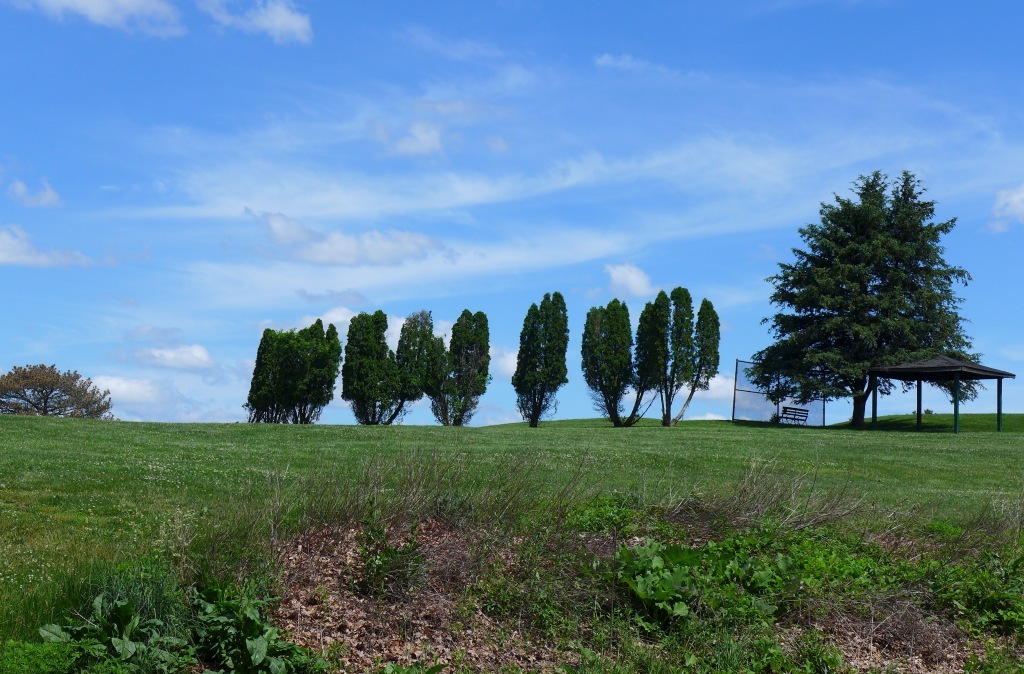
Every night gardeners roam Pennsylvania’s forests and trim the vegetation. We see their footprints in the morning and the landscape they’ve left behind. Our nighttime gardeners are white-tailed deer.
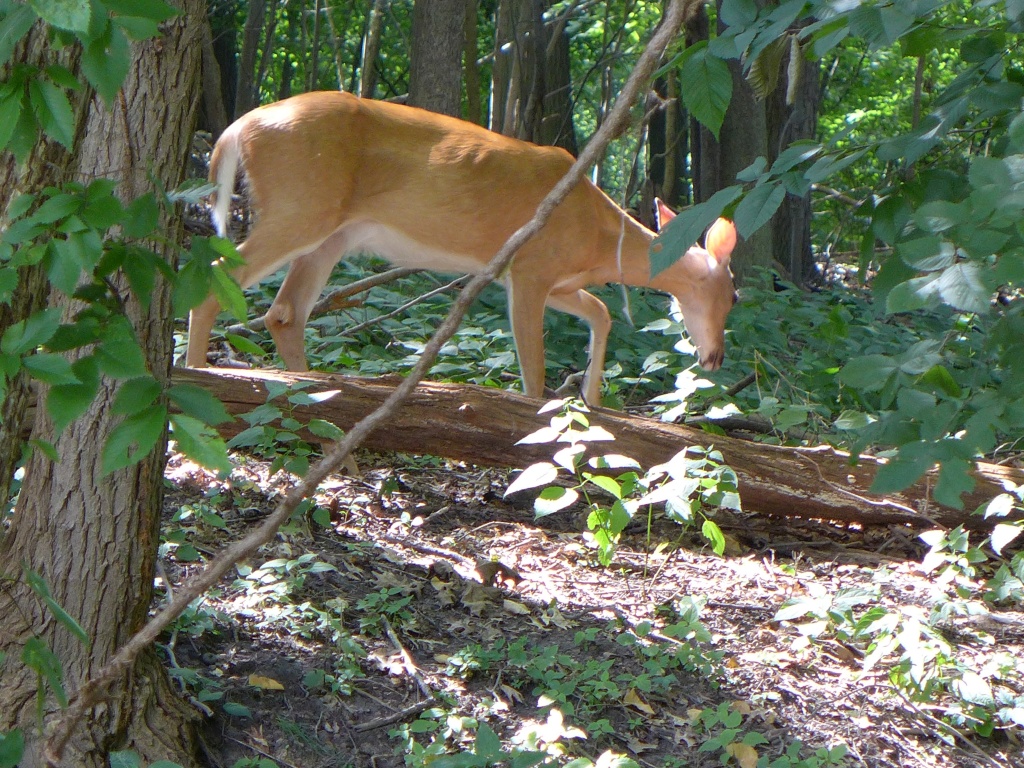
Unlike human gardeners, deer cut back the plants they like instead of removing weeds. It’s easy to notice what they over-browse (see arborvitae above), but the mix of plants they leave behind tell a story of poison and preference. Last weekend I decided to read that story in Schenley Park.
In early June the forest floor is green with native plants that deer won’t eat and invasive aliens that deer don’t like.
The “poison” story:
Native plants that thrive in Schenley Park are those that are toxic to deer.
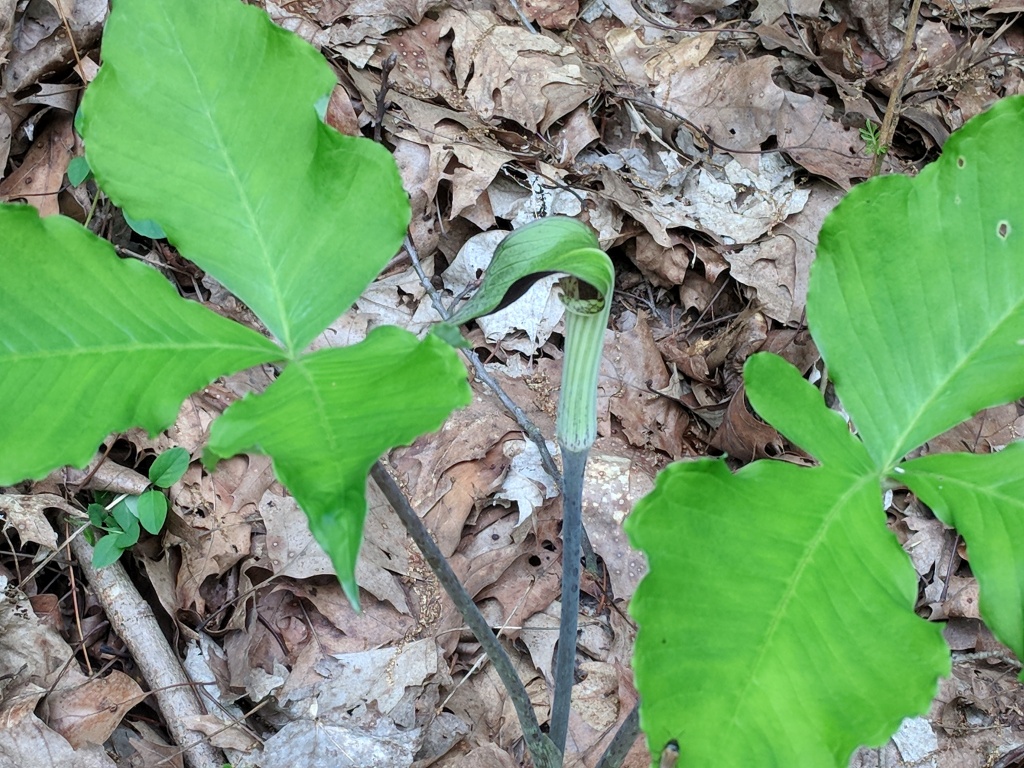
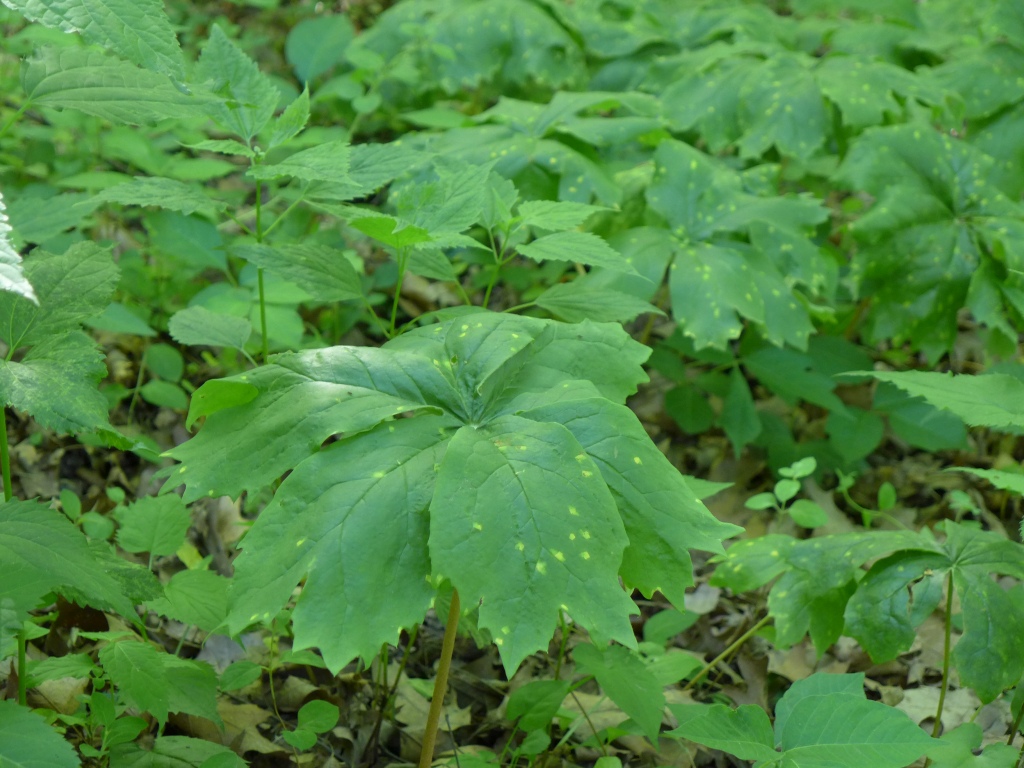
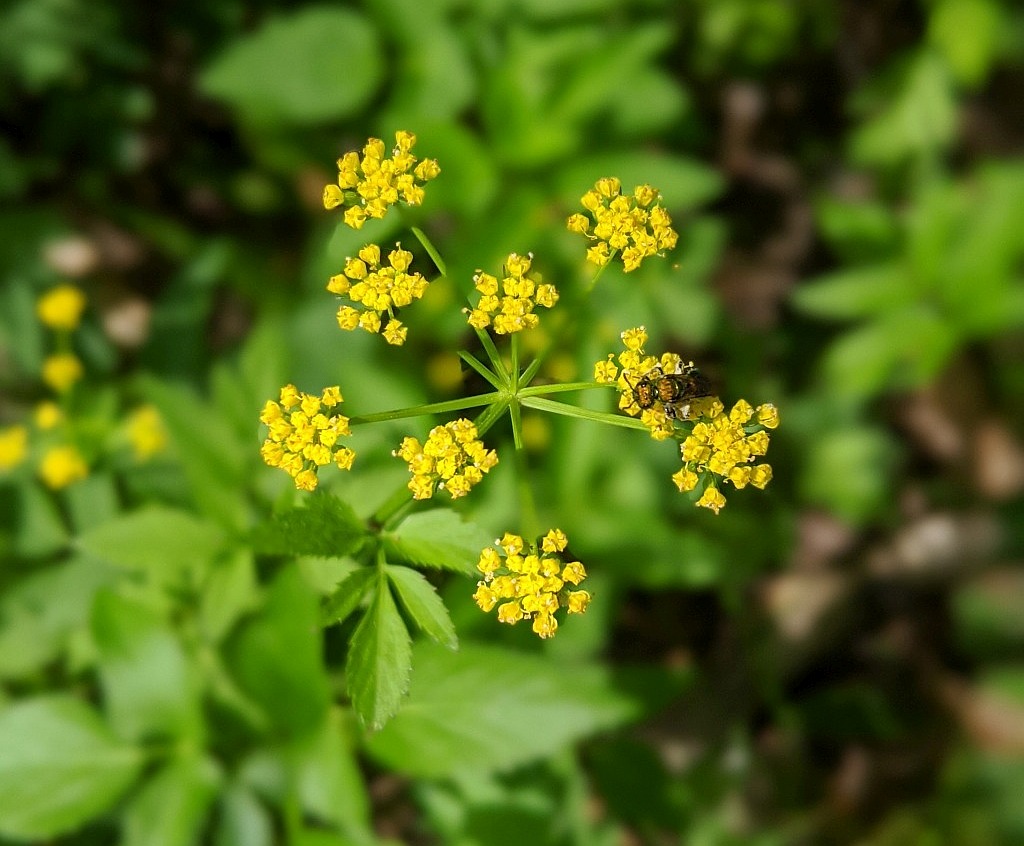
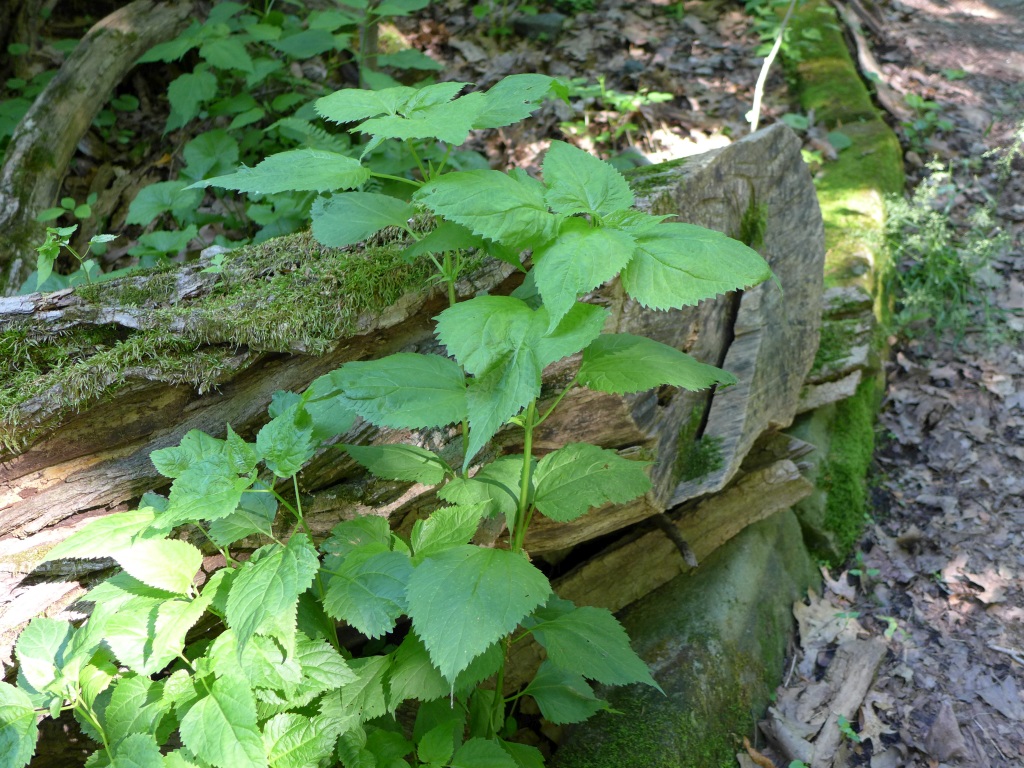
The “preference” story:
These alien plants are unpalatable to deer and some are toxic.
Interestingly some aliens can only out-compete native plants with the help of too many deer. Garlic mustard is one such plant. Fewer deer, less garlic mustard.
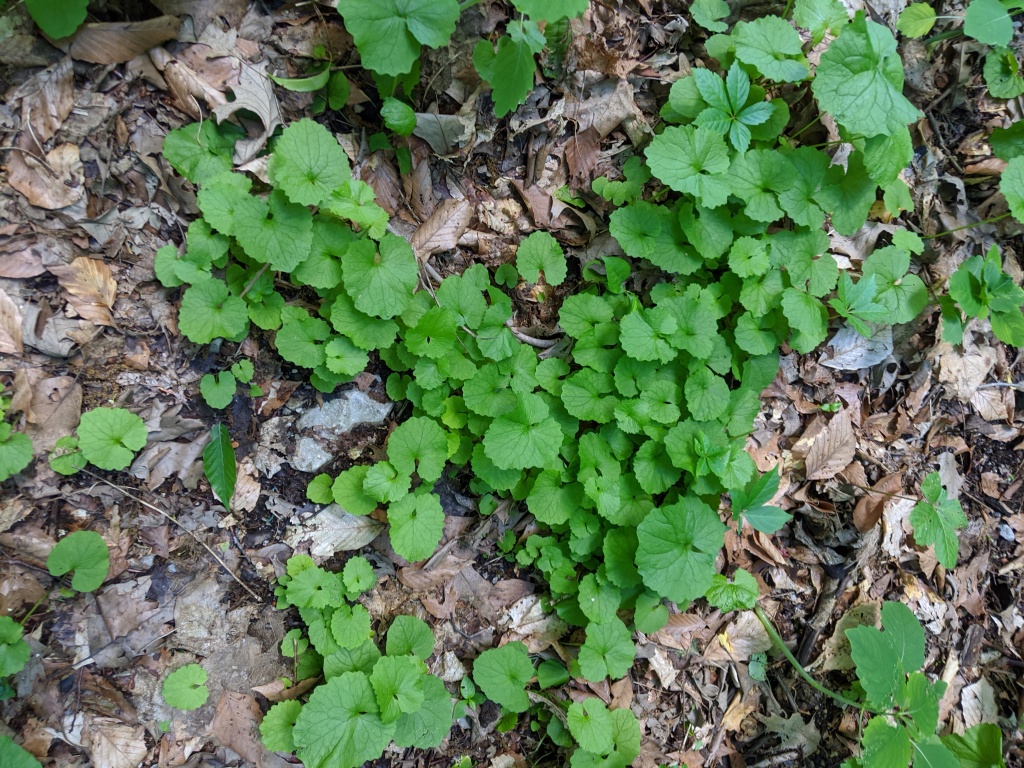
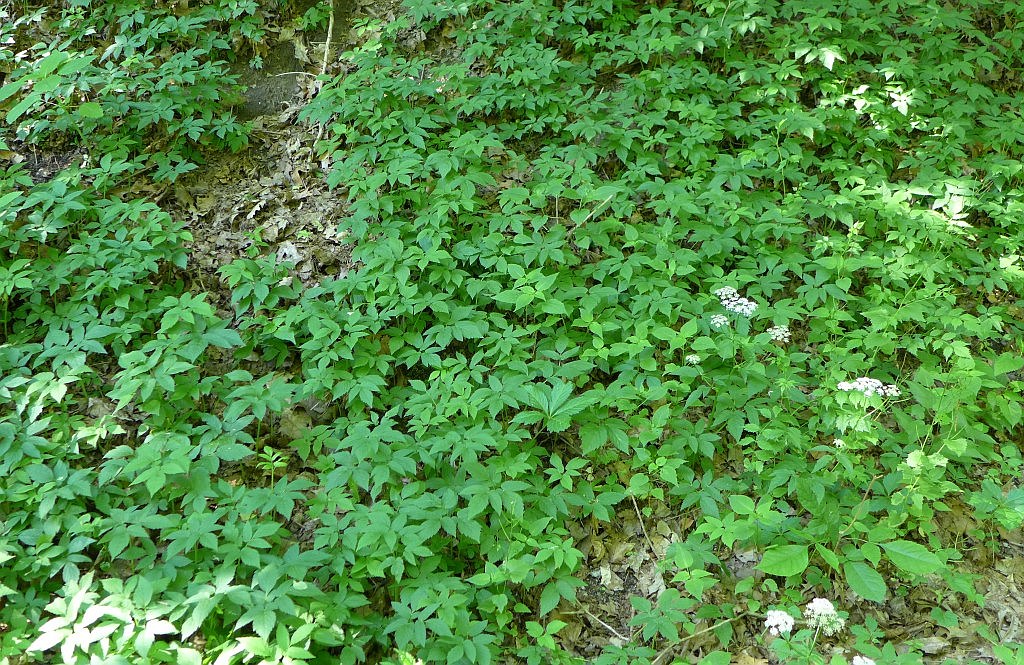
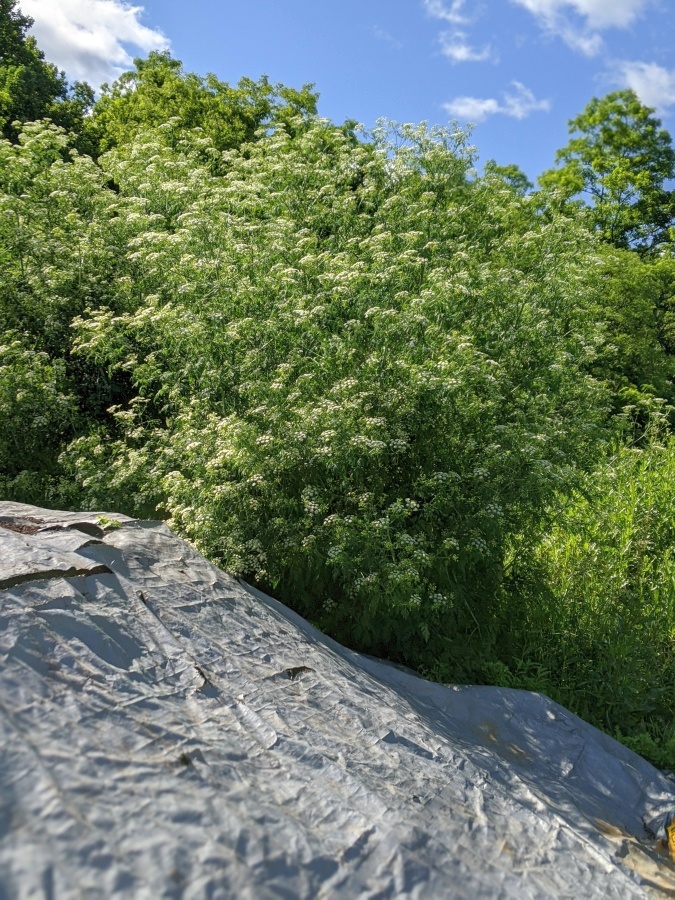
Check out the mix of plants in your local forest or woodlot. If you find only toxic natives and unpalatable aliens it’s the cumulative effect of too many “gardeners” every night.
(photos by Kate St. John)